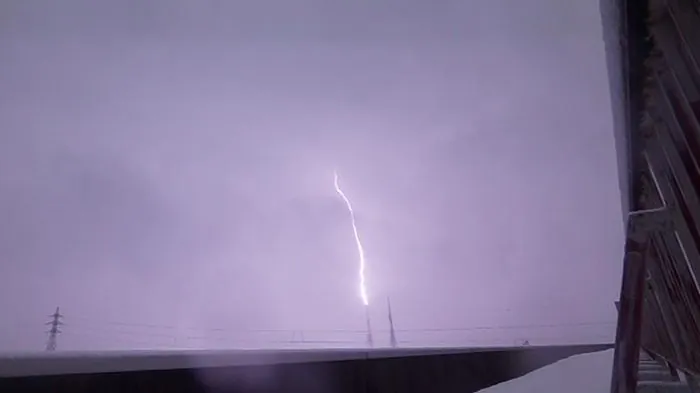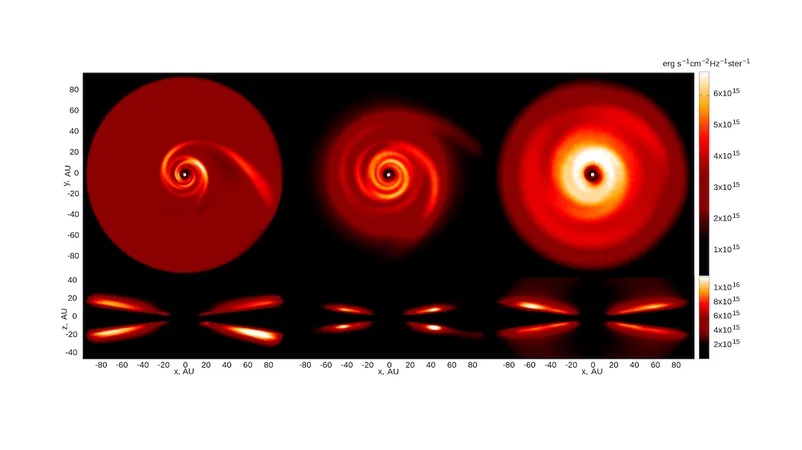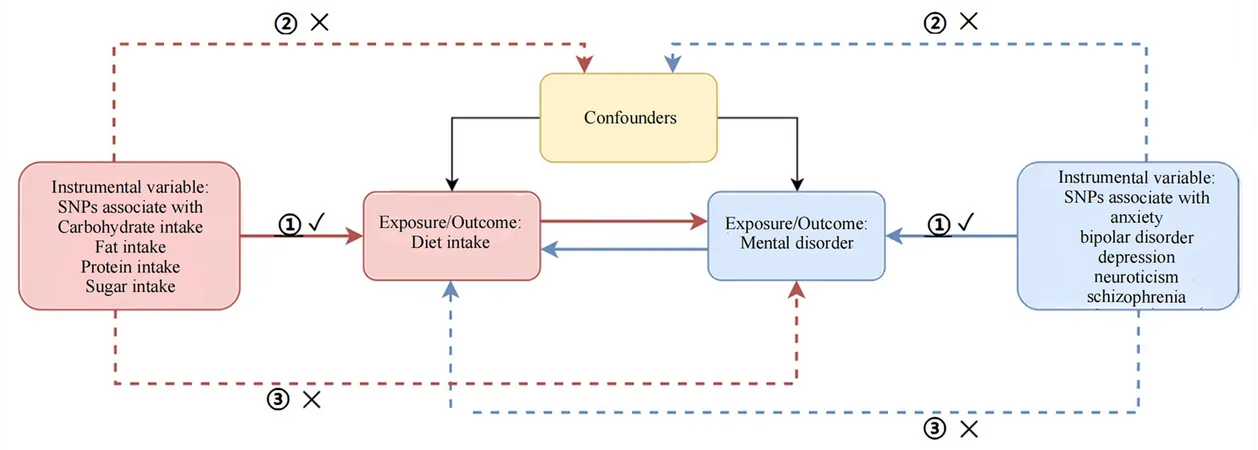
Shocking Discovery: Do Lightning Strikes Generate Gamma-Ray Flashes?
2025-05-23
Author: John Tan
Unveiling the Mystery of Gamma-Ray Bursts
When we think of the cosmos's most explosive events, gamma-ray bursts typically steal the show—think massive star collapses and fierce black holes. But here on Earth, something equally fascinating is happening right above our heads: terrestrial gamma-ray flashes (TGFs). These intriguing bursts of high-energy radiation erupt within thunderstorms and have puzzled scientists for years.
The Quest for Answers: Meet Yuuki Wada
Leading the charge in this research is Yuuki Wada, a professor at Osaka University in Japan. His latest study dives deep into the enigmatic connection between TGFs and lightning strikes. Recent observations have revealed that TGFs can occur simultaneously with lightning discharges, particularly when two lightning leaders collide in a spectacular clash.
A Groundbreaking Approach to Research
To gather vital data on lightning, Wada and his team ventured to Kanazawa, a coastal city in Ishikawa Prefecture. Here, they implemented a cutting-edge multi-sensor setup surrounding television transmission towers, capable of detecting a wide array of electromagnetic signals—an innovative first in this field.
The Thrill of the Chase and Lightning Predictions
However, capturing lightning in action proved to be a challenge, laden with uncertainty. "Lightning is notoriously unpredictable," Wada explained. Despite the risks of missing their measurement opportunity, the team successfully detected a TGF using their comprehensive network of sensors.
Thunderstorm Secrets: Lightning and Gamma Rays
While scientists have identified that thunderstorms emit TGFs, the underlying mechanisms remain largely shrouded in mystery. The powerful currents within storms can rapidly cycle air and water, forming ice crystals that collide and create electric fields strong enough to unleash lightning.
Ground-Based Observations: A Key Breakthrough
Utilizing their transmission tower sensors, the researchers captured lightning's path in two directions—toward the ground and shooting upward. Remarkably, TGFs were recorded just milliseconds before these paths converged. This convergence initiated a concentrated electric field, accelerating electrons in the air to astonishing speeds.
On the Frontier of Science: Future Research Awaits
Looking forward, Wada notes that the relationship between TGFs and lightning remains hazy, necessitating further study. With a focus on winter thunderstorms unique to Japan, the team hopes to unravel more of these atmospheric mysteries.
The Bigger Picture: Collaboration in Space and Science
This research is part of a broader scientific dialogue that includes contributions from major organizations like NASA and the European Space Agency. Just last August, NASA attempted to gather TGF data by sending pilots into thunderstorms aboard high-altitude planes. Meanwhile, in May 2019, ESA captured the first-ever image of a TGF originating from a storm over Borneo, using specialized observatories aboard the International Space Station.
The ongoing quest to understand TGFs is just beginning, and researchers like Wada are excited about what they will uncover in the skies.





 Brasil (PT)
Brasil (PT)
 Canada (EN)
Canada (EN)
 Chile (ES)
Chile (ES)
 Česko (CS)
Česko (CS)
 대한민국 (KO)
대한민국 (KO)
 España (ES)
España (ES)
 France (FR)
France (FR)
 Hong Kong (EN)
Hong Kong (EN)
 Italia (IT)
Italia (IT)
 日本 (JA)
日本 (JA)
 Magyarország (HU)
Magyarország (HU)
 Norge (NO)
Norge (NO)
 Polska (PL)
Polska (PL)
 Schweiz (DE)
Schweiz (DE)
 Singapore (EN)
Singapore (EN)
 Sverige (SV)
Sverige (SV)
 Suomi (FI)
Suomi (FI)
 Türkiye (TR)
Türkiye (TR)
 الإمارات العربية المتحدة (AR)
الإمارات العربية المتحدة (AR)